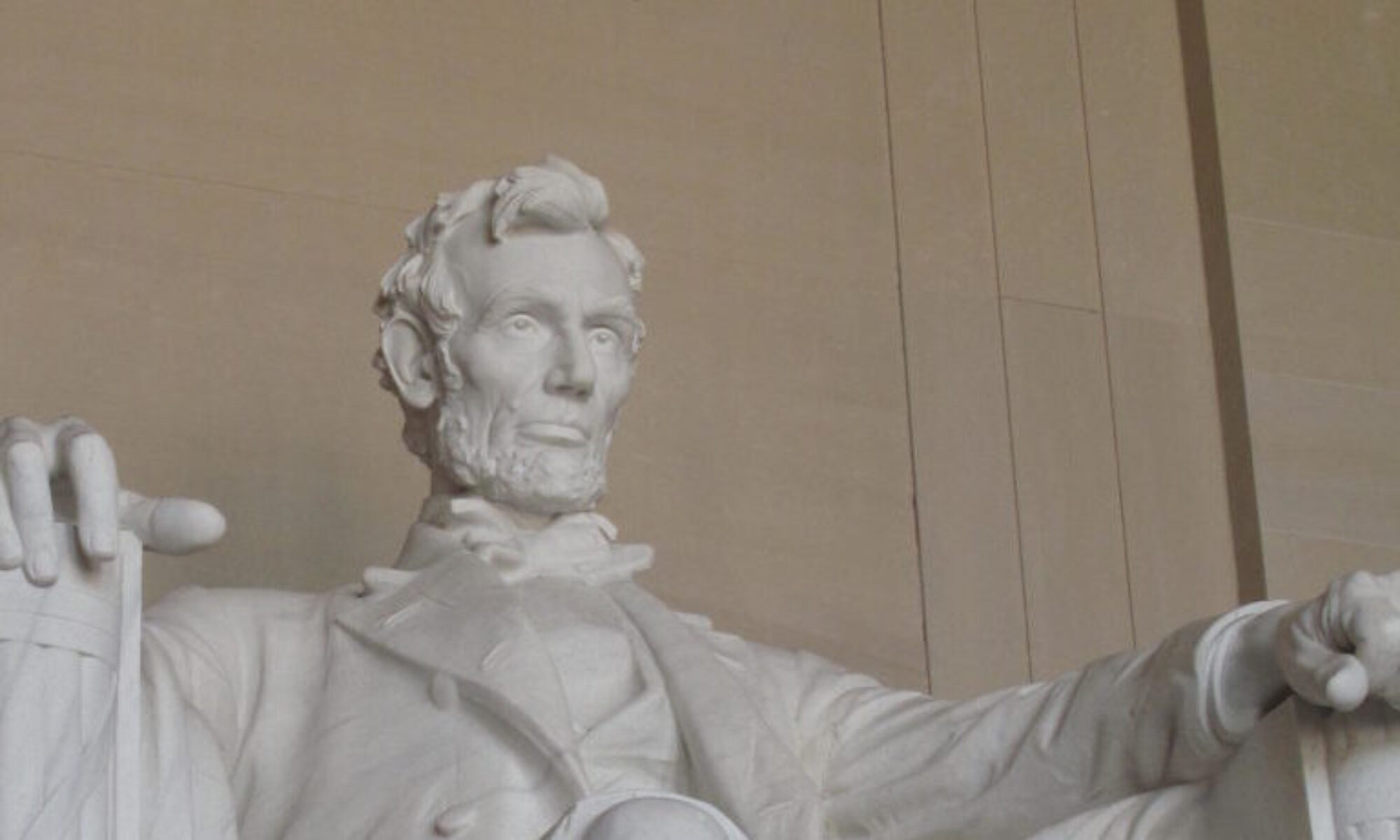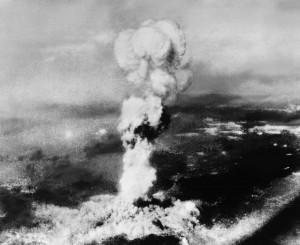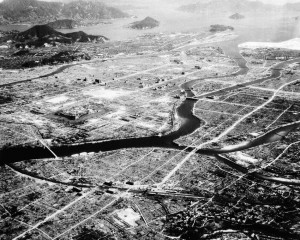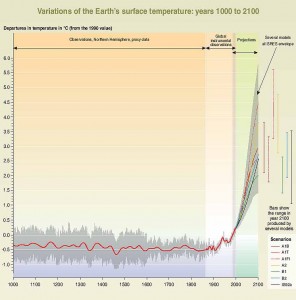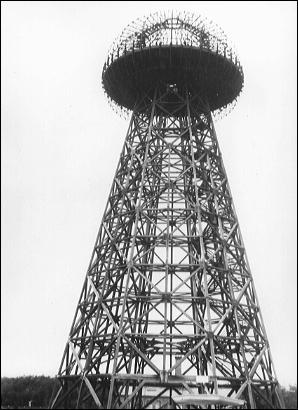The first and second men to land and walk on the moon in 1969 performed their mission with a level of symbiotic teamwork that rivalled the great explorer teams of history, such as Lewis and Clark, Fremont and Carson, and Rutan and Yeager. Time and distance however have brought them to a significant point of division as to where America’s space program is best served in going forward. The last space shuttle flight is scheduled for next year, and President Obama’s announced framework for America in space enlists no NASA directed manned flights for the next decade after.
It is hard to envision the leader in manned space exploration earthbound, but after 50 years of Mercury, Gemini, Apollo, Skylab, and the Space Shuttle, there is no immediate road map for America maintaining a space presence. This has lead essentially every former astronaut and flight director from America’s space exploration glory years to express their disappointment and concern with America’s direction -except one telling exception -Buzz Aldrin, second man on the moon and Armstrong’s teammate on the the July 20th, 1969 Sea of Tranquillity moon landing. The two astronauts have now staked out dramatically different positions on the future of America in space and have gone public with their disagreement.
In truth, the American space program has been in a vision funk for nearly four decades since the last moon landing of Apollo 17 in December, 1972. The American public’s appetite for spending for projects of manned space exploration decidedly waned after the initial moon successes and a relatively rudderless policy space flight has resulted. The space shuttle’s 1970s technology and its overblown premise of “cheap and safe” reusable spacecraft were exposed in the 1986 Challenger and 2003 Columbia disasters. The nation’s leaders have struggled since 1990 in defining a vision of directed and goal oriented logical programs that the public would see as worthwhile and appropriate for investment. The first President Bush envisioned a Mars landing as a goal by 2020, the second President Bush staged the process in a more coherent strategy of improved rocket design, return to the moon with moon basing, followed by the Mars mission, reflected in the 2004 Vision for Space Exploration. This required the development of two new craft, a manned vehicle the Orion, and a new heavy payload rocket, the Constellation, for gravity escaping deep space lift not capable with the Shuttle rocketry. As typical of complicated engineering concepts, these projects have developed behind schedule and over budget.
President Obama made the public announcement of a dramatic re-thinking of the space vision process on April 15th, 2010, with the elimination of the Constellation project and the re-directed development of the Orion as a “rescue” vehicle only for the International Space Station. For the next ten years American astronauts would “rent” seats on Russian Soyuz craft when travelling to the space station, and America’s engineering energy would be redirected to sub-orbit travel through private space programs such as SpaceX and other unnamed and yet undeveloped concepts. Long term, America would re-enter the manned deep space process with potential asteroid missions or a Mars project by 2030. This multi-directed and non-specific future is what has lead to the schism between Aldrin, a proponent of President Obama’s vision and Armstrong, a decided supporter of the previous 2004 plan.
Who is correctly articulating the future of America in space? Why do two heroes of exploration have such vastly different views of what America’s role should be in space? My opinion tends to lean toward the Armstrong view. As previously articulated in this blog, America has lost its way in the capacity to develop and complete big ideas. President Obama has again extended the timeline and blurred the focus of the timeline and goals such that the cynics among us feel it is simply another dodge in the process of standing behind, or letting go, of America’s leadership in manned space exploration. The Russians and Chinese have no such conflict; though of more limited means, they have much sharper and better articulated strategies. As Armstrong suggests, the larger damage of the new vision is the loss of the years of accumulated know-how and experience of the engineering community that once disbanded, will prove very difficult to reconstruct at some future, undescribed later date.
As with so many other of President Obama’s articulated visions, you are just going to have to accept a world where America is just another country on the world map, and vision lies in the ethereal world of dreams, not the right stuff of realization and getting it done.
